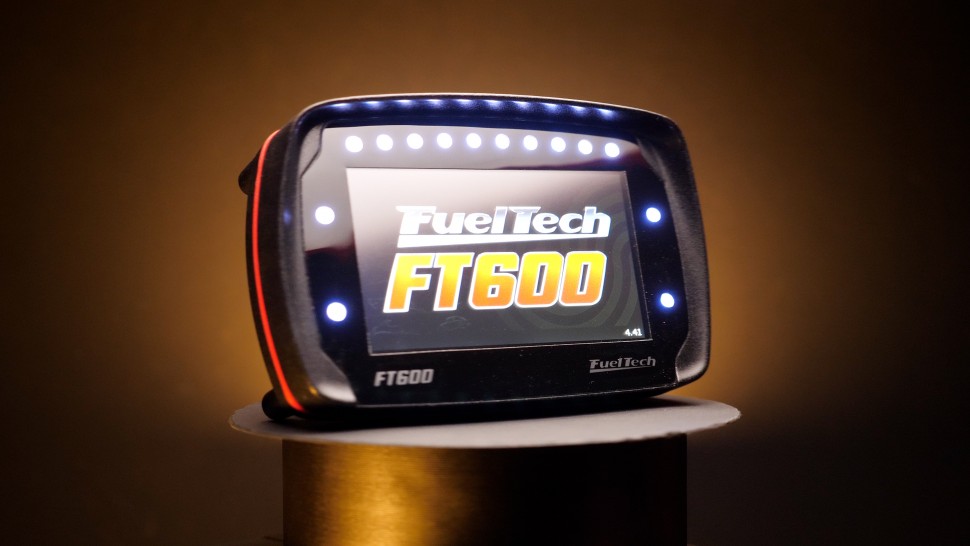| 00:00 |
Even if you've got experience with CAD, if you haven't worked with 3D printing or scanning, then the chances are you might not be familiar with mesh files.
|
| 00:08 |
In simple terms, a mesh file is a large collection of faces or facets, connected by edges and vertices, also known as nodes, to make up a 3D model.
|
| 00:19 |
Between each node is an approximation of the real object.
|
| 00:23 |
So, generally speaking, the more nodes, the smaller the elements and the finer the mesh, resulting in more resolution.
|
| 00:31 |
Essentially, what we end up with is the outer surface of the model being broken down into much smaller elements.
|
| 00:38 |
While a mesh isn't the only file that can be used for 3D printing, it is by far the most common format that we deal with, and there is some variation within the different types of mesh file.
|
| 00:48 |
An STL or stereo lithography file is probably the most common mesh file, and this uses lots of small triangular faces to represent the model.
|
| 00:58 |
STL files are the most widely used input for 3D printing, and also the output of 3D scanning.
|
| 01:05 |
This is a simple format for a mesh file, which usually results in a relatively small file size that's easier for our hardware to manage.
|
| 01:13 |
The downside of this bare-bones format is that the triangular elements are only connected by straight edges, and so the faces can only be flat surfaces, limiting the file's ability to match the 3D model with detailed curves.
|
| 01:28 |
STL can also only contain geometry information, and can't include colour or texture.
|
| 01:33 |
Next, OBJ files were developed to address the limitations of STL files.
|
| 01:39 |
In these formats, the faces of the mesh can be polygons, and can feature curved edges and surfaces, allowing for a closer representation of the model.
|
| 01:48 |
Perhaps the biggest advantage in these is that they can also include the object's colour and texture information.
|
| 01:54 |
As you'd expect though, these features result in Moving on, 3MF files are more typically used for colour 3D printing.
|
| 02:04 |
This is because they can store all the colour information in a single file, whereas the OBJ file requires companion files.
|
| 02:12 |
3MF files can also store unit information that defines the exact dimensions, leading to more accuracy, while still being a smaller file size.
|
| 02:22 |
We might also see the terms ASCII and binary used around mesh files.
|
| 02:28 |
What's important to understand here is that these are the coding systems used to record and store the model data in the file.
|
| 02:35 |
Binary files are generally smaller and more universally compatible, especially with older systems, and this makes them better for our uses, while ASCII files are larger, but easier to inspect and debug.
|
| 02:49 |
With that said, it's highly unlikely that we'd ever need to do this again.
|
| 02:52 |
There are many more mesh file formats that can be used for 3D printing, but what we've covered so far are the key ones.
|
| 03:01 |
Before finishing up, it should also be noted that STEP files, which are commonly used for CNC machining, can also be used for 3D printing in many cases.
|
| 03:11 |
These are essentially dumb 3D solid models that don't contain the feature history, while still perfectly representing the model's geometry.
|
| 03:20 |
To summarise this module, mesh files represent the 3D digital model by dividing the outer surface up into lots of smaller elements.
|
| 03:29 |
STL files are the most commonly used mesh files, being relatively simple and small in size, but still proving extremely useful for 3D printing.
|
| 03:38 |
These exist in binary and ASCII coding systems, with binary typically being smaller and more suitable for our purposes.
|
| 03:47 |
3MF files are becoming the go-to for advanced printers, particularly when colour printing is involved.
|
| 03:53 |
But OBJ files can also be used here, they just need to be accompanied by the companion files that contain the colour texture information.
|





